Hi-Fi News: 21 this month, June 1977 Page 2
Record Reviews
The RR bit was not added until 1970, but Miles did for several years produce a magazine called Record News which was absorbed into HFN in 1959 with the hope that a substantial record review element could be maintained. This didn't work out, but he was persuaded to let me run a limited review of technically superior stereo classical issues from the end of 1962 onwards under the title 'Recommended Recordings'. This was gradually expanded into a regular three or four pages of signed reviews by the time HFN merged with Record Review, which brought an expansion of musical coverage.
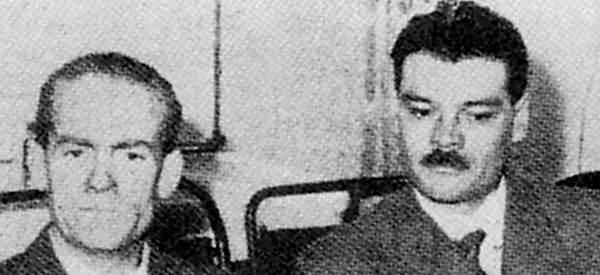
Against the general backcloth, which items stand out particularly in my mind? April 1963 was notable for Rex Baldock's 'Paraline' article, which set the tone for a seemingly endless stream of constructional loudspeaker features. We have usually published full working drawings for these, but in the case of Peter Atkinson's 'State of the Art Loudspeaker' [HFN Apr '76] we felt that the design was so elaborate that only a small number of readers would actually build it. So, assuming that the article's main function would be to educate, we simply offered to provide details by post for an extra fee of 50p. Well, so far we have sent out 2500 sets of drawings and notes – so there must still be a lot of very keen people around.
Returning to Mr Baldock, it was actually Rex who suggested that we might commemorate our 21st birthday with a celebratory cover picture, reminding me that it is now almost ten years since we first used colour on the cover. Being Rex, he couldn't resist measuring some aspect of the magazine, and has come up with the fact that our overall thickness has fluctuated between 0.063in (40 pages, the Jun '56 issue) and a remarkable 0.535in (310 pages, Nov '73). It was a copy of the latter issue which obliged us to print the following note in December 1973: 'We understand that a visitor to the recent Audio Fair suffered a broken instep as a result of a copy of our November issue falling upon his foot. We apologise for any similar inconveniences...'
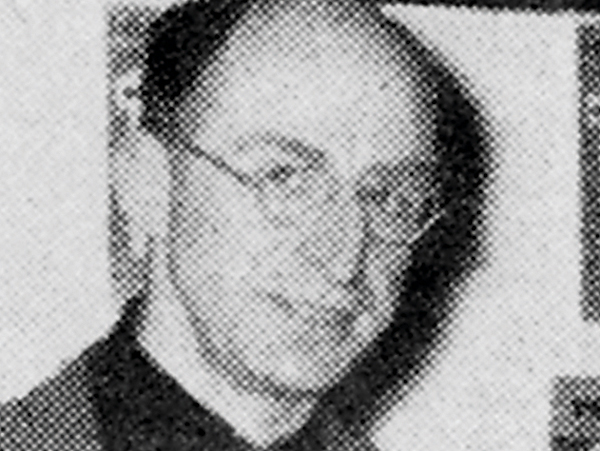
A Dressing Down
In 1965 I was greatly angered by some chamber concerts given in London for audiences that were in 'evening dress only'. This struck me not only as a social anachronism but also as a gross betrayal of the universality of music, an attempt to equate a great art with a narrowly restrictive and totally untypical mode of living. In my view the raison d'etre of hi-fi is its capacity to bring otherwise inaccessible aesthetic experiences to a widening audience, and it therefore seemed to me totally appropriate to comment adversely on the evening dress episode in an editorial. Goodness me, what a response! We had more letters on that topic than on any other single matter ever touched upon in HFN.
To my relief the balance of comment was overwhelmingly in favour of the Editor, but it dragged up an astonishing amount of ire, not a few blimpish non sequiturs, the cost of hiring a dress suit and preparing a hamper of food for an evening at Glyndebourne, and much else. People still comment on the episode with nostalgic pleasure.
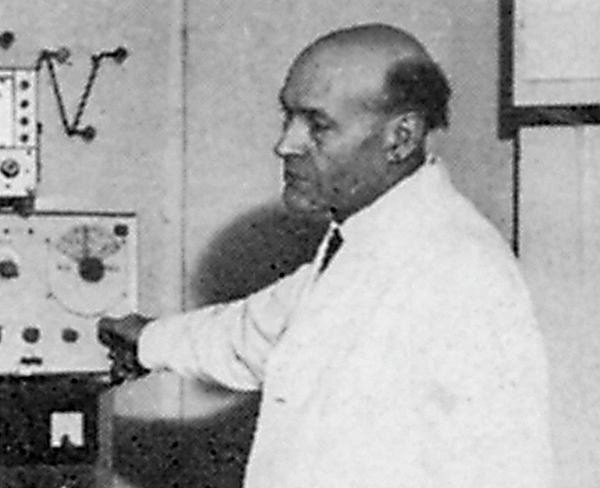
Foolish Series
In December of that year we tried our hand at the art of parable, gently chiding the British Radio Corporation over a particularly foolish series of advertisements for a one-piece stereogram – a sort of last-ditch manufacturer's stand before succumbing to the philosophy of 'separates'.
In July 1966 we published what I believe is still the biggest ever report on the making of a classical recording, 'Project Mahler 8', a multi-part article on every aspect of Leonard Bernstein's recording of Mahler's 'Symphony of a Thousand', from public performance in the Albert Hall to detailed balancing at Walthamstow.
In April1969 Frank Jones and I attempted a sort of birds-eye view of domestic audio, with Frank looking ruminatively to the past and me daring to predict the hi-fi future.
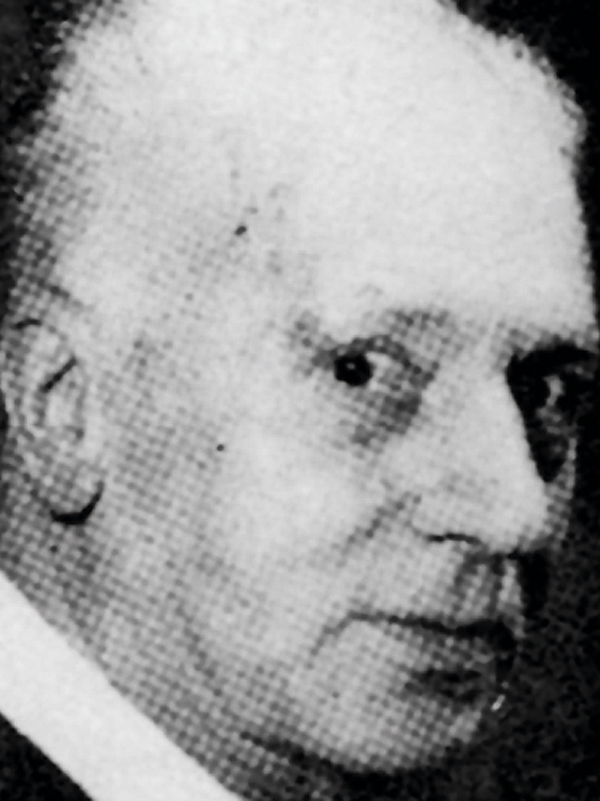
Various excursions into the vexed business of retail trading have crossed our pages over the years, especially as the Resale Prices Act gradually came into force. This has certainly changed the character of much retailing, with a great upsurge of 'sealed carton' sales to customers who are happy to rely on audio show impressions or magazine reviews (or simply the manufacturer's literature?) and don't want to be bothered with either demonstrations or detailed advice.
Hobby Horse
The HFN 'line' on this topic was to accept in principle the argument for greater retail competition and the resulting reduced profit margins, which should benefit the consumer; but we had reservations about the more pernicious by-products of the change. This led some people in the trade to see us as vague equivocators, and Raymond Cooke of KEF actually accused us [HFN May '70] of backing all the horses so that we could hardly lose.
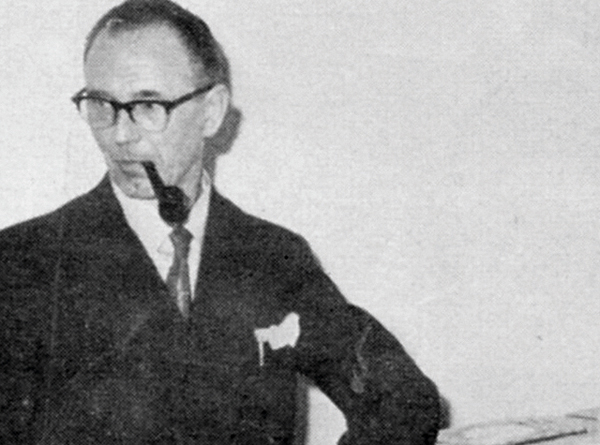
Agnostics tend to offend believers and disbelievers alike, but we are still not sure what our perfect retail trading policy would be! Likewise, we often feel inclined to back all horses in the race (if that is the correct metaphor) between the mass-producers and the 'cottage industry' men. The latter still so often seem to be at the root of things that really matter in hi-fi, but cannot often compete in sheer value for money. Agnosticism confirmed.
Two other subjects which have popped up fairly regularly over the years are omnidirectional loudspeakers and multi-mic recording techniques. My own animadvertions on the former in April 1971 ('In All Directions') caused a slight stir by suggesting that the Sonab advertising of that time made claims regarding stereo reproduction which were, and could only be, the exact opposite of what actually happened. Fortunately we now have the Trade Descriptions Act to prevent that sort of thing.
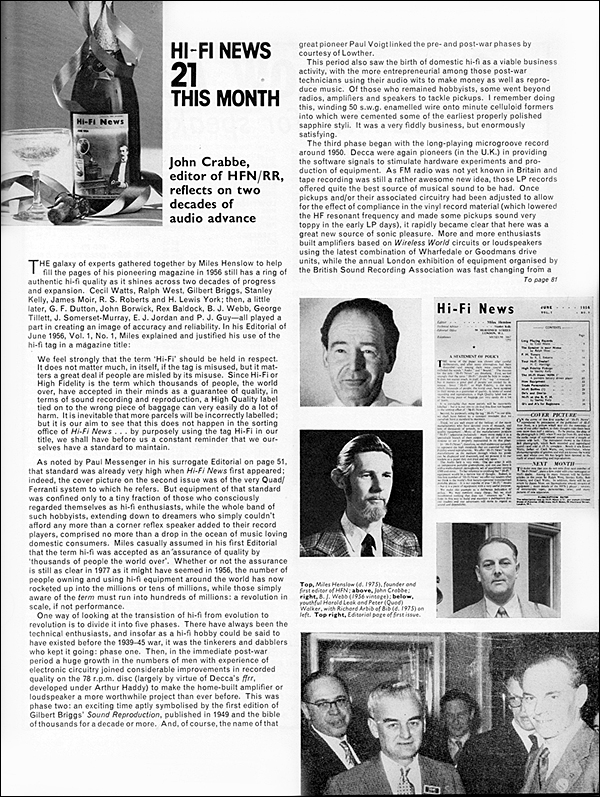

The continuing debate about classical recording techniques received its most recent filip from Bernard Keeffe, whose 'Fizzed Up Music' [HFN Nov '76] echoed what many listeners feel but find difficult to express. While certainly being the first to agree that many of the very best and seemingly most natural orchestral recordings are made using numerous microphones and pan-pot mixing, I still wonder why it cannot be done more simply.
But whatever may happen in the recording studio, complexity and diversity seem to be the lifeblood of the musical art, of the hi-fi industry which serves that art, and of magazines whose readers listen to one and buy the products of the other.
Oldest By Far
To all those good people in the musical world whose efforts we criticise or praise; to all those manufacturers, designers and inventors who sustain the hi-fi art with their enterprise, and our magazine with their advertising; and to all our many thousands of loyal readers: thank you for reading us, for tolerating our shortcomings and prejudices, for commanding us to others, for writing to us, for making it possible for us to keep going for 21 years. Of all the British hi-fi magazines, we are the oldest by a considerable margin. But we expect to outlive them all.

























































